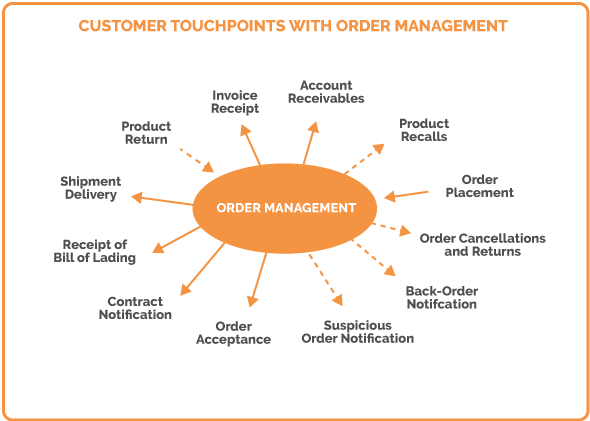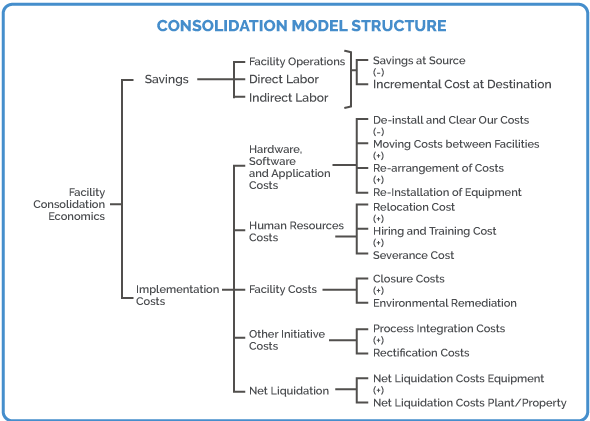Sharing costs of order management system
A large corporation comprised seven divisions, including a business mix of consumer goods and pharmaceutical products. Each division was running its order management system, which presented a barrier to growth and profitability. Management wanted to establish a common order management process to reduce costs and support the transactions processed across divisions. They needed two forms of assistance: (1) quantifying the cost reduction resulting from a common order management system, and (2) determining the impact on customer service performance.
Defined the rationale for a common order management system, including the following financial items:
- Shared Costs: reduced labor, communication network savings, rent
- Asset Rationalization: reduced PPE (number of applications, software, hardware, office equipment) and reduced working capital
Upon execution, comprehensive gain of $15.3 million
- Reduced operating cost by $5 million
- Reduced financial cost by $6 million
- Price lift of $4.3 million (by eliminating unproductive cost of orders)
Over the medium term, improvement in customer service performance, including
- Delivery cycle time from 4.5 days to 3.8 days
- Order filled rate from 95% to 98%
- On-time delivery from 95% to 98%
- Line item filled rate from 93% to 98%
Collected data and documentation on the order management process, including
– cost
– assets
– operational performance
– customer requirements
Broke down the order management system into three processes
– ordering
– delivery, and
– shipment receipt and follow up
Broke down each ordering process as follows:
– order initiation
– order validation
– demand capture
– service requirements
– order fulfillment
– order pricing
– order acceptance
– contract negotiation and
– monitoring
Broke down the delivery process into 6 sub-processes, including:
– warehouse replenishment
– order selection and consolidation
– load planning
– shipment planning
– warehouse management, and
– shipment tracing
Broke down the shipment receipt and follow-up process into 6 sub-processes, including:
– shipment verification
– shipment rating
– billing
– returns processing
– backorder processing, and
– recall processing
In turn, we broke down each sub-process into activities and tasks (57 activities, 71 tasks) down to the transaction level. We used Function Point Analysis (FPA) at the transaction level to measure the complexity, efficiency and the total function point count of each process and activity.
We estimated the unit cost per transaction, including direct labor, hardware, network, overhead, software, and database use. We identified the reduction in duplication and complexity of a common order management system given common processes and activities, and estimated cost savings and cycle time improvements.





